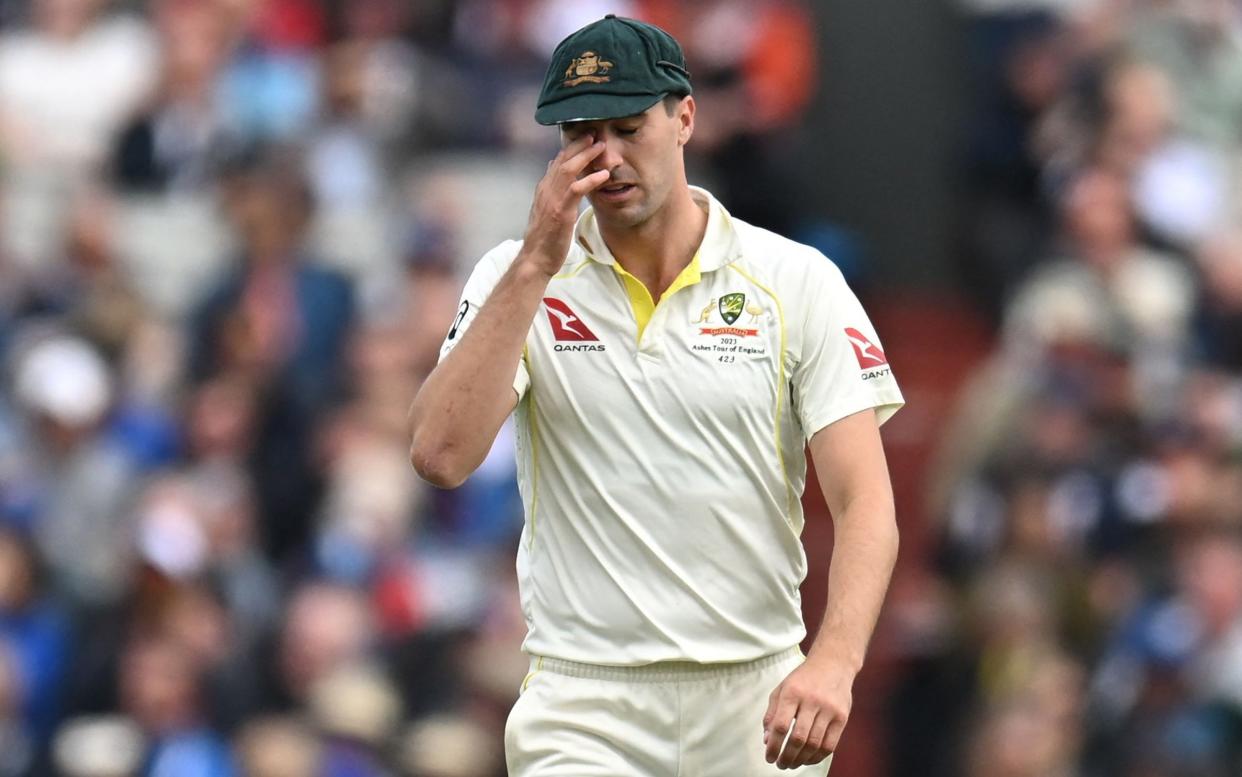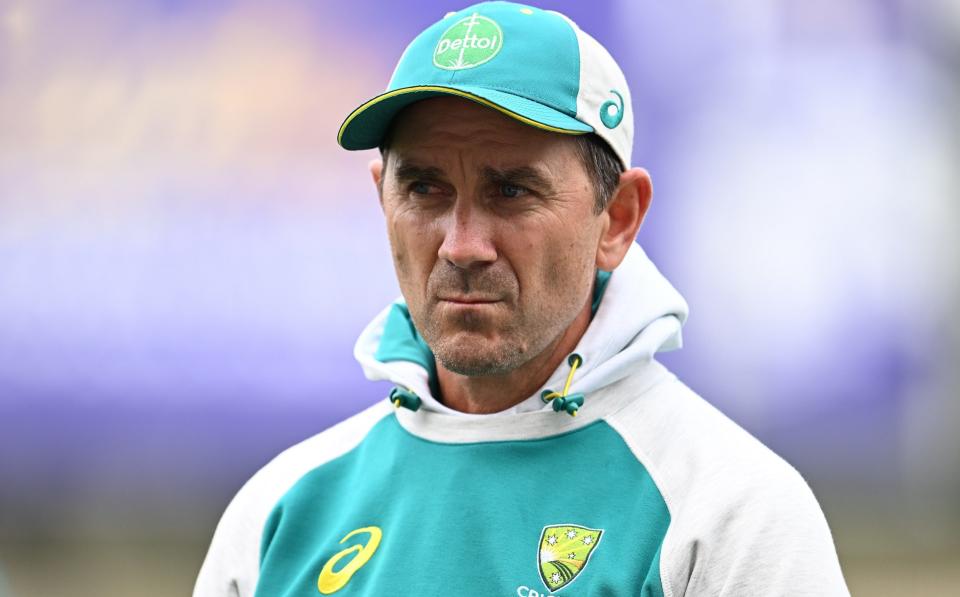New documentary paints England as Ashes villains – and shows rivalry is potent as ever

- Oops!Something went wrong.Please try again later.
- Oops!Something went wrong.Please try again later.
November 2025 cannot come soon enough because for all Test cricket’s issues – and there are a few – the Ashes rivalry is alive and well, and perhaps as spicy as ever.
That is the one firm conclusion that can be drawn from season three of the Test, Amazon Prime Video’s fly-on-the-changing-room-wall documentary following the Australians, which is released later this week. It captures neatly the intensity of last summer’s electric Ashes on the field, in the Aussie changing rooms and in the stands.
It is always important to remember when watching the Test exactly what this is. It was conceived as part of a drive to sanitise the image of the team post sandpapergate, under the coaching of Justin Langer (the show has never quite been the same since he left). Cricket Australia’s broadcast boss Richard Ostroff appears in the credits as an executive producer.

This manifests itself in a few ways. While there is little overt criticism of individual England players or their fans, we are left in no doubt about the impact their behaviour has on the Australians. CA wants to paint its players in the right light, but does not want a diplomatic incident.
Access all areas does not necessarily mean warts and all; it is categorically Australia’s side of the story. England’s players pop up here and there, when it suits the narrative rather than when they actually take centre stage. Take the case of Stuart Broad, whose main contribution to the series is not one of the great Test match swansongs at the Oval or a 600th wicket at Old Trafford, but to be gently accused of hypocrisy for winding the Australians up after that stumping of Jonny Bairstow at Lord’s.
That is not the only incident that sees tensions flare, but Australia’s players largely come across very well. They are family men who get on famously, and are led impressively by Pat Cummins.
Senior figures in English cricket would be well advised to watch this. It is a shame that England have so far resisted the temptation to follow so many other sports teams and commission a documentary. With their audacious style of play and inability to keep their mouths shut, the Bazballers would make even more compelling viewing than the Australians.
That such options have not been seriously explored is because Brendon McCullum views the dressing room as sacrosanct, and does not want England’s carefully-curated vibe to be unbalanced. This is all very well, but seems directly at odds with McCullum and Ben Stokes’s rhetoric about wanting to be entertainers (which pops up in the Test, via Joe Root) and wanting to grow the game. England’s players, for various reasons, are just not as well known as their Australian counterparts at home, but a show like this does a lot for their relatability.
McCullum and Stokes should be watching with relish, as they begin plotting their way to November 2025, too. In the third and final episode, during which we are taken behind the scenes at Old Trafford and the Oval, the Australian cricket team (which is what Nathan Lyon earnestly refers to them as, every time) is behaving in ways we do not associate with the Australian cricket team.
There is the admission that, at Old Trafford, where rain denied England a likely victory, they were “bullied” and “totally outplayed”. A series of desperate tactical meetings, where Cummins tries to reassert his authority as captain, take place in breaks in play and between Tests, and their selection decision-making becomes visibly scrambled, especially when it comes to the injured Lyon’s amiable understudy, Todd Murphy.
And then there is the series finale at the Oval, by which point Australia appear spooked. They are really wound up by Stokes being talked into ludicrously reviewing a dropped catch, despite the officiating going their way, and become utterly fixated with the ball change in the final innings of the series, after which they lose their top three.
Steve Smith’s assessment is that it is “a ball from another planet”, rather than a ball that might be just slightly harder, shinier and newer than the one it replaced. As all his team-mates moan, Travis Head, not for the first time, comes across best, noting that he could not wait to bat against the newer ball, because it might mean England stop bouncing him. Smith, to his credit, appears a more relaxed, rounded character in this series than before. Is it notable that David Warner is perhaps the least prominent of all Australia’s players – including reserves – in the series, and is not interviewed?
By 2025, Warner is unlikely to be the only member of this very experienced Australian group to have retired especially as they, like England, have to host an outstanding India team first. Thousands of the England fans who lapped up last summer’s series will flock down under next year, having been locked out last time by the pandemic. There is more than enough in this series to suggest that they have cause for optimism when this epic rivalry renews.

